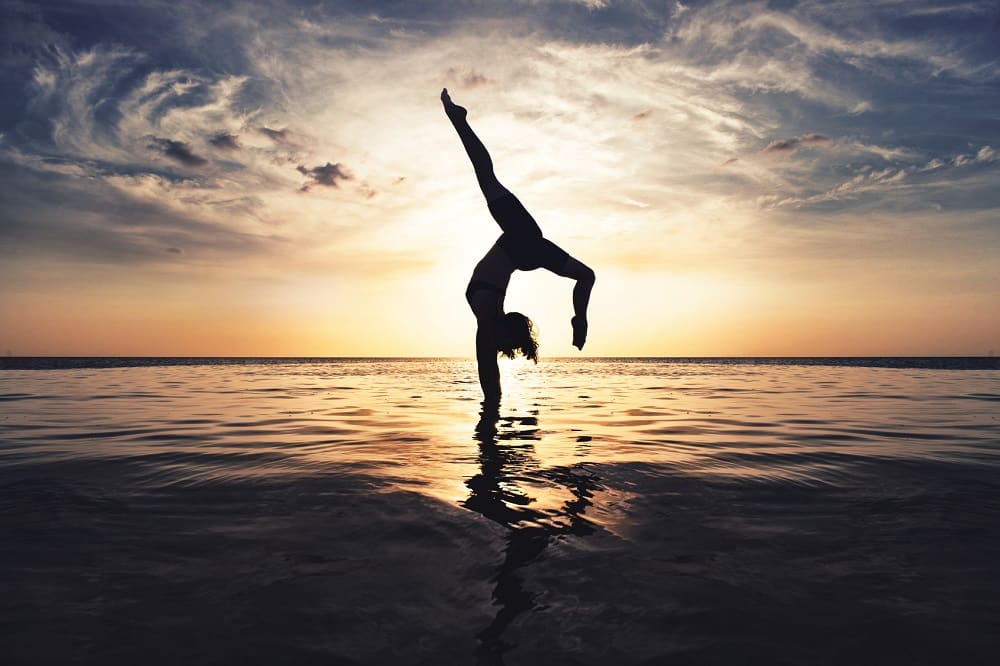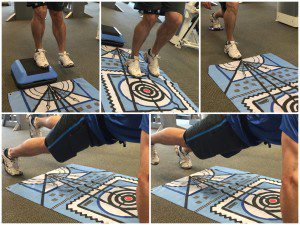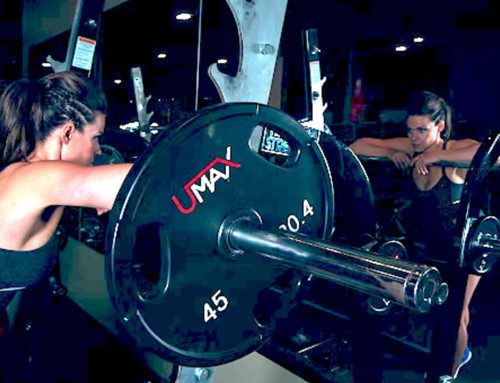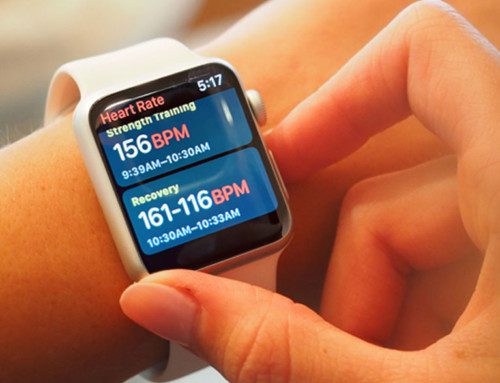When observing patients walking throughout the clinic, performing prescribed exercises, and/or interacting with their environment, the physical therapist is constantly analyzing movement patterns, potential neuromuscular deficits, and the quality of movement. Even when the patient thinks we aren’t watching with the “PT eye,” trust me, we are! By taking in all the information a patient provides us with, from something as simple as walking into the clinic – to running on a treadmill – to performing jumps, lifts, and other exercises, the physical therapist is able to get a good picture of deficits and weaknesses that the patient may have.
Using this information, a PT must then cue the patient to perform these tasks with proper biomechanics – or using the muscles with maximum efficiency to provide correct movement throughout the body. Proper mechanics reduces the likelihood of causing some injuries, and also ensure that the body maintains appropriate muscular balance. A common challenge that many physical therapists run into while leading patients through exercises is how to translate positional corrections into instructions that the patient will understand, and be able to reproduce in their daily activities. Further, multiple studies have shown that patients respond better to external cues, rather than muscular cues – ie: a patient will grasp a concept faster if they have a goal outside their body, rather than cuing them to use a muscle group to achieve the same result.
At Set Physical Therapy, one tool that can be used to achieve these goals is Motion Guidance, which provides visual feedback for proprioceptive control. What does THAT mean? This tool allows the patient to see what each movement causing a body segment to do with the use of a laser pointer and targets. In the top row of pictures below, the patient is performing single-leg movements which task the muscles of the trunk, hips, and legs. By giving him a target, such as “keep the light tracking on the line,” or “balance with the light staying in the bulls eye,” the patient can see what is happening, rather than cuing them to “use your glutes to make your knee stay in line with your ankle.” The bottom pictures demonstrate use of Motion Guidance to assist with trunk control and stability while performing exercises.
To learn more about Motion Guidance, visit their website here: https://www.motionguidance.com/
To learn more about feedback techniques, here is a research article published in 2015, that compares the use of various feedback and it’s transfer-ability to other tasks: https://www.jospt.org/doi/pdf/10.2519/jospt.2015.4986.






